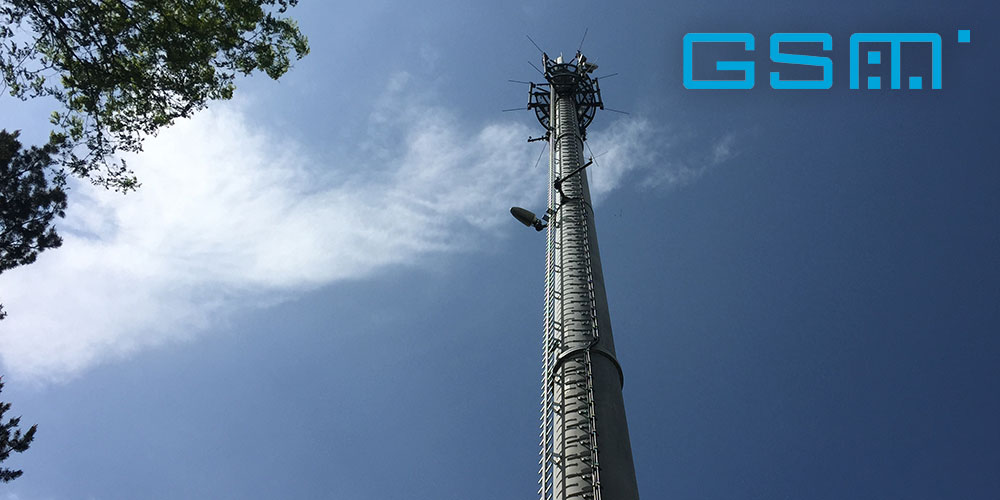2G

Predecessors
Deutsche Bundespost, the predecessor of Telekom, had built up the A Net in Germany from 1958, making Germany one of the first countries to have mobile communications. However, the phones were heavy, large and needed a lot of power, which meant that practically they were mostly car phones. Phone calls were switched by operators. If you left a cell, the call was interrupted. With 11,000 users, the network was overloaded at the beginning of the 1970s and was replaced by the B and later the C Net. With the C Net, the SIM card was introduced and the transfer of calls from one base station to the next was possible. By the end of the 1990s, the C-Net was overloaded with 700,000 users. Therefore, GSM was introduced and after the three analog networks, a second-generation digital network was developed in 1982. However, the C Net was not switched off in Germany until the end of 2000.
Digital
GSM or 2G is a second-generation mobile communications network, which replaced its predecessors as the D-Net and later the E-Net. Digital instead of analog voice transmission made more efficient use of the radio channels and thus provided more conversations and participants. While the C-Net operated on frequencies of 400 to 470 MHz, the D-Net initially operated on 900 MHz and the E Net on 1800 MHz. Internationally, 800 and 1900 MHz were also used. The higher the frequency, the lower the range. What sounds negative at first is in fact an advantage. Due to the range, there are more base stations, each covers a radius of only a few kilometers. At 900 MHz, this is a maximum of 35 km, at 1800 MHz 8 km. This means that the signals from the cells do not interfere with each other. Users can move freely between different base stations and make calls without interruption. The first phone call via a public digital mobile communications network was made on July 1, 1991 between Harri Holkeri, then Prime Minister of Finland, and Kaarina Suonio, Deputy Mayor of Tampere, Kaarina Suonio, in Finland. The network used for this purpose was built by Telenokia and Siemens.
Germany
At the launch in 1991, Deutsche Bundespost demonstrated its D-Net at the Stuttgart trade fair grounds. Unfortunately, there were simply no cell phones at the time, which led to GSM being derisively translated as God Send Mobiles. The start for customers took place one year later on 01.07.1992 at Telekom with its D1 Net and – a novelty in Germany – on 30.06.1992 at Mannesmann with its D2 network. The cheapest cell phones cost over DM 3,000, the basic monthly charge was just under DM 80, and a minute's call initially cost slightly under DM 1.50.
Data
GSM had a data channel from the beginning, which was used later for SMS. Data could initially only be transmitted at 9600 bits/second. Later it was possible to use HSCSD, GPRS and EDGE for faster data connections. Because of the low speed normal web pages could not be used, so the strongly reduced WAP protocol was developed, as well as the in Japan successful i-Mode adopted. However, neither was ever successful. Smartphones did not become established until the successor standard UMTS which provided much faster data connections. GSM became the first almost worldwide standard.
Shutdown
While the successor UMTS has already been switched off not only in Germany, GSM will exist for a few more years as a well functioning network for phone calls. Millions of existing and working simple cell phones can still be used. However, when purchasing a new cellphone, one should make sure, the devices supports LTE. The first countries (Australia, Japan, South Korea) have already switched off GSM.
Recommended Links
![]() The Skyynet mobile phone database shows the supported network standards for all mobiles
The Skyynet mobile phone database shows the supported network standards for all mobiles


